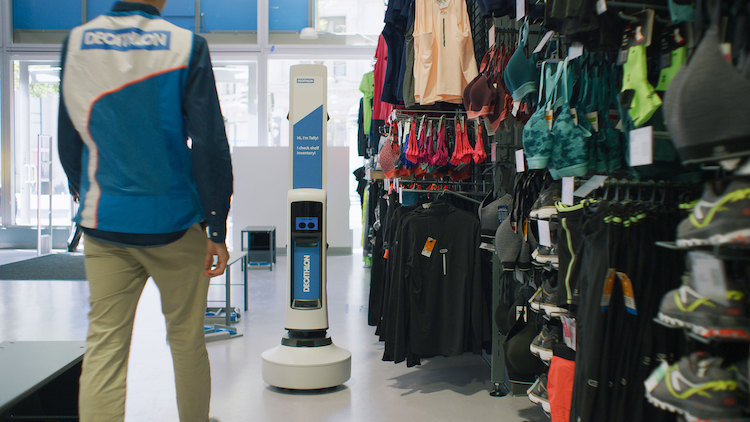
Revenues from robotics implemented in retail stores to cross $8.4 billion by 2030
As the world emerges from the global pandemic, retail is growing at levels not seen in the last two decades. Retail sales grew by 7 percent in 2020 and by over 14 percent in 2021, which is in stark contrast to the 3.7 percent annual growth between 2010 and 2019.
The increased demand for retail has put a strain on supply chains and retail operations worldwide. As a result, retailers and stakeholders are turning to automation solutions such as mobile robotics for operational ease.
According to global technology intelligence firm ABI Research, worldwide commercial robot revenue in retail stores will have a Compounded Annual Growth Rate (CAGR) of over 25 percent from 2022 to 2030 and exceed $8.4 billion by 2030.
Adhish Luitel, senior analyst, supply chain management and logistics at ABI Research, says: “There is the continued adoption of diverse technologies in the retail space.
“We can see incoming retail solutions within various points of the retail value chain, such as order fulfillment, in-store inventory check, coordination between store associates, or last-mile delivery. These solutions can directly or indirectly impact the wider supply chain management to retailers for the better.”
Technologies such as contactless checkout, in-store mobile robotics, wearables, and smart carts are getting a lot of traction, with major retailers adopting these incoming solutions to enhance operations and contribute to a more streamlined supply chain management.
Companies like Zebra Technologies, Simbe Robotics, and Seoul Robotics have been providing various automation solutions such as wearable computers, handheld devices, LiDAR devices, and in-store robots that can be used for inventory scanning, floor care, or security purposes.
While companies such as Mashgin and Cloudpick offer frictionless checkout in stores by combining proprietary computer vision, deep learning, sensor fusion, and edge computing technologies.
Luitel says: “Given their obvious operational benefits of enhanced customer experience, streamlined task/employee management, price management, or automated item monitoring, the impact of these technologies on the wider supply chain management for retailers can’t be understated.
“Beyond enabling rapid fulfillment/restocking or automated inventory management, these technologies also provide additional data points for precise demand and procurement planning.
“This can also lead to an enhanced omnichannel presence for retailers and stronger partnerships with suppliers, shippers, distribution center operators, and other supply chain stakeholders through enhanced communication and synergy.”


